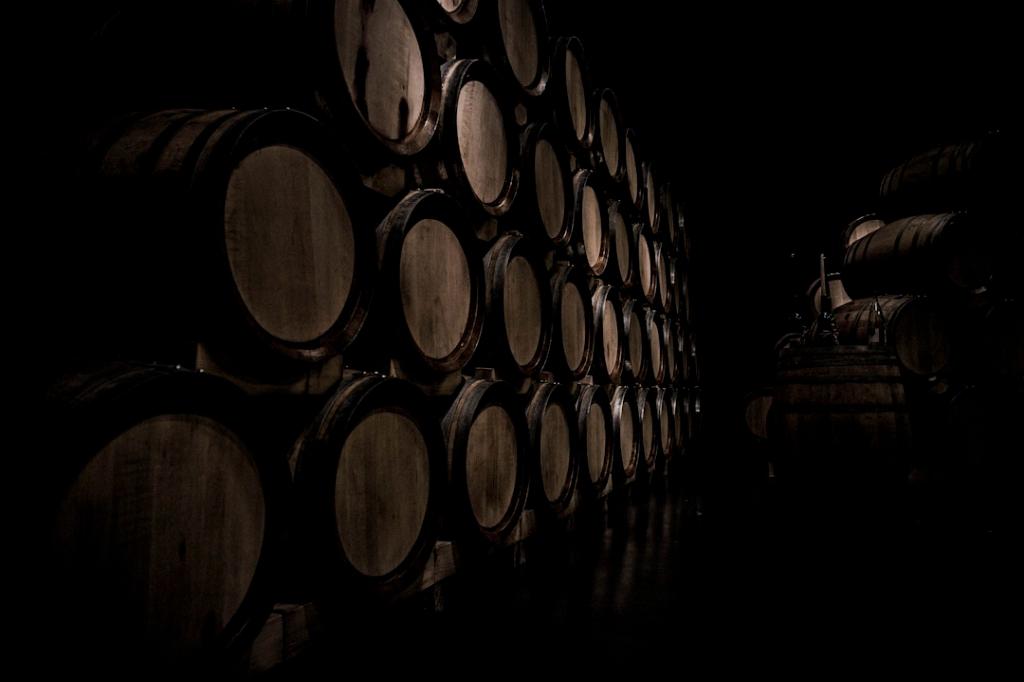When it comes to brown colored alcohol, a few main contenders immediately come to mind – whiskey, scotch, brandy, and cognac. These dark liquors owe their rich brown hue to a combination of factors, including the types of barrels they are aged in and the natural coloration of the ingredients used in their production.
The Role of Barrel Aging
One of the primary contributors to the brown color of certain alcohols is the aging process in barrels. Whiskey, for instance, is typically aged in charred oak barrels. As the whiskey matures, it absorbs compounds from the wood, including lignin and tannins, which impart brownish hues to the liquid.
Scotch also undergoes barrel aging, often using barrels that previously held bourbon or sherry. These barrels can influence the flavor profile and color of the scotch, giving it a rich amber or golden-brown color.
The Role of Ingredients
The base ingredients used in the production of brown alcohols can also contribute to their coloration. Brandies, for example, are made from distilled wine or fermented fruits like grapes, apples, or pears. These fruits, especially when they are fully ripened, contain natural sugars that caramelize during the distillation process, resulting in a deep brown color.
Cognac, a type of brandy specifically made in the Cognac region of France, is crafted using grapes such as Ugni Blanc, Colombard, and Folle Blanche. Like other brandies, the deep brown color of cognac is a result of the caramelization process during distillation.
The Influence of Charred Barrels
Recycled barrels, which are often charred on the inside, play a significant role in adding both color and flavor to certain brown alcohols. The charring process involves exposing the inside of the barrel to an open flame, which caramelizes the wood sugars and imparts a charred flavor and darker color to the liquid.
Whiskey, scotch, and sometimes even certain types of rum are aged in these charred barrels. The charred wood infuses the alcohol with smokiness and undertones of caramel, vanilla, and chocolate, while the liquid takes on a warm brown hue.

In Conclusion
In summary, the brown color of alcohol such as whiskey, scotch, brandy, and cognac can be attributed to the aging process in barrels and the natural coloration of the ingredients used. Barrels, particularly those that are charred on the inside, contribute both color and flavor to these liquors. The ingredients themselves, such as ripened fruits or specific grape varieties, undergo caramelization during distillation, resulting in a rich, deep brown hue. So, the next time you enjoy a glass of your favorite brown spirit, take a moment to appreciate the craftsmanship and processes that contribute to its distinct color and character.
